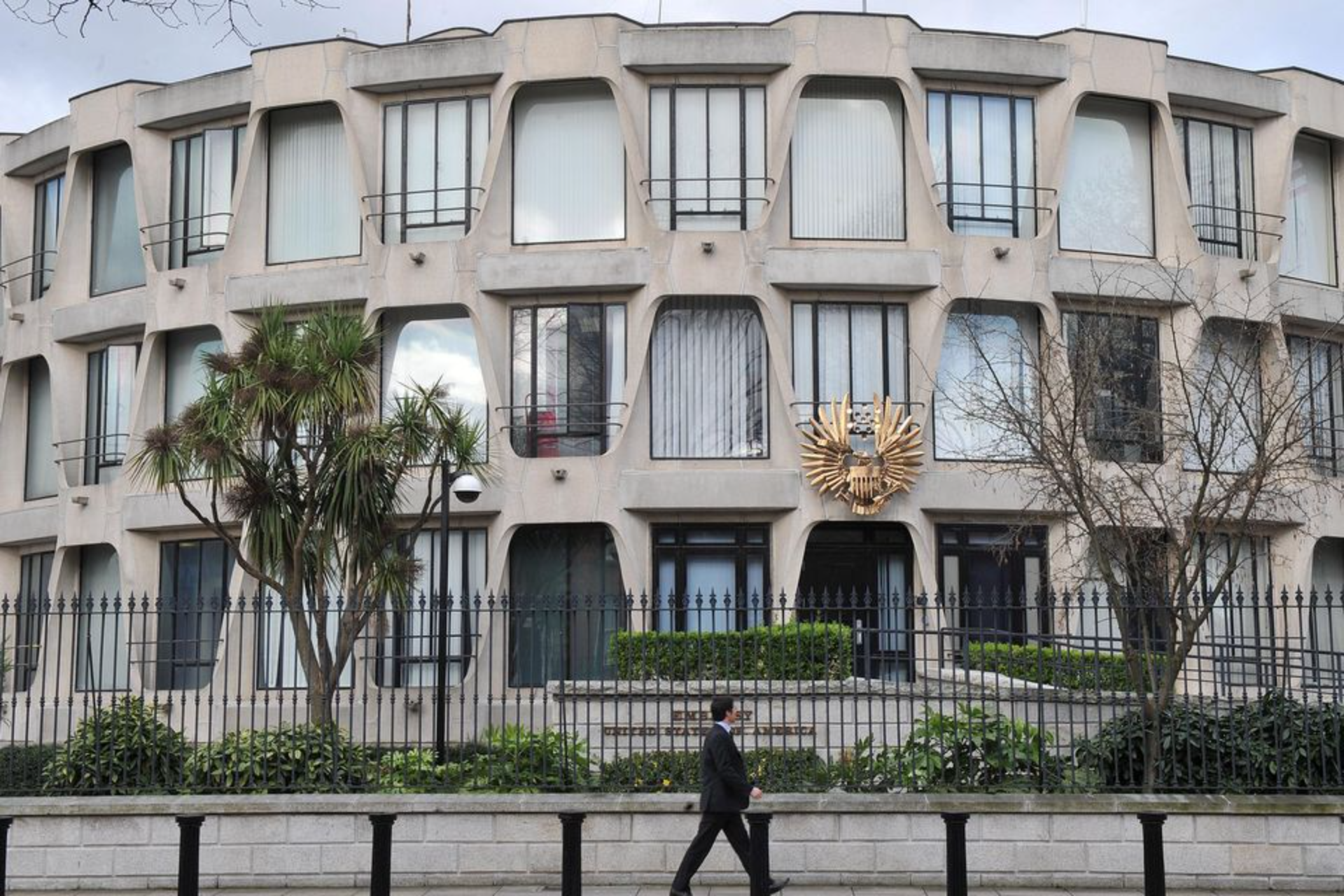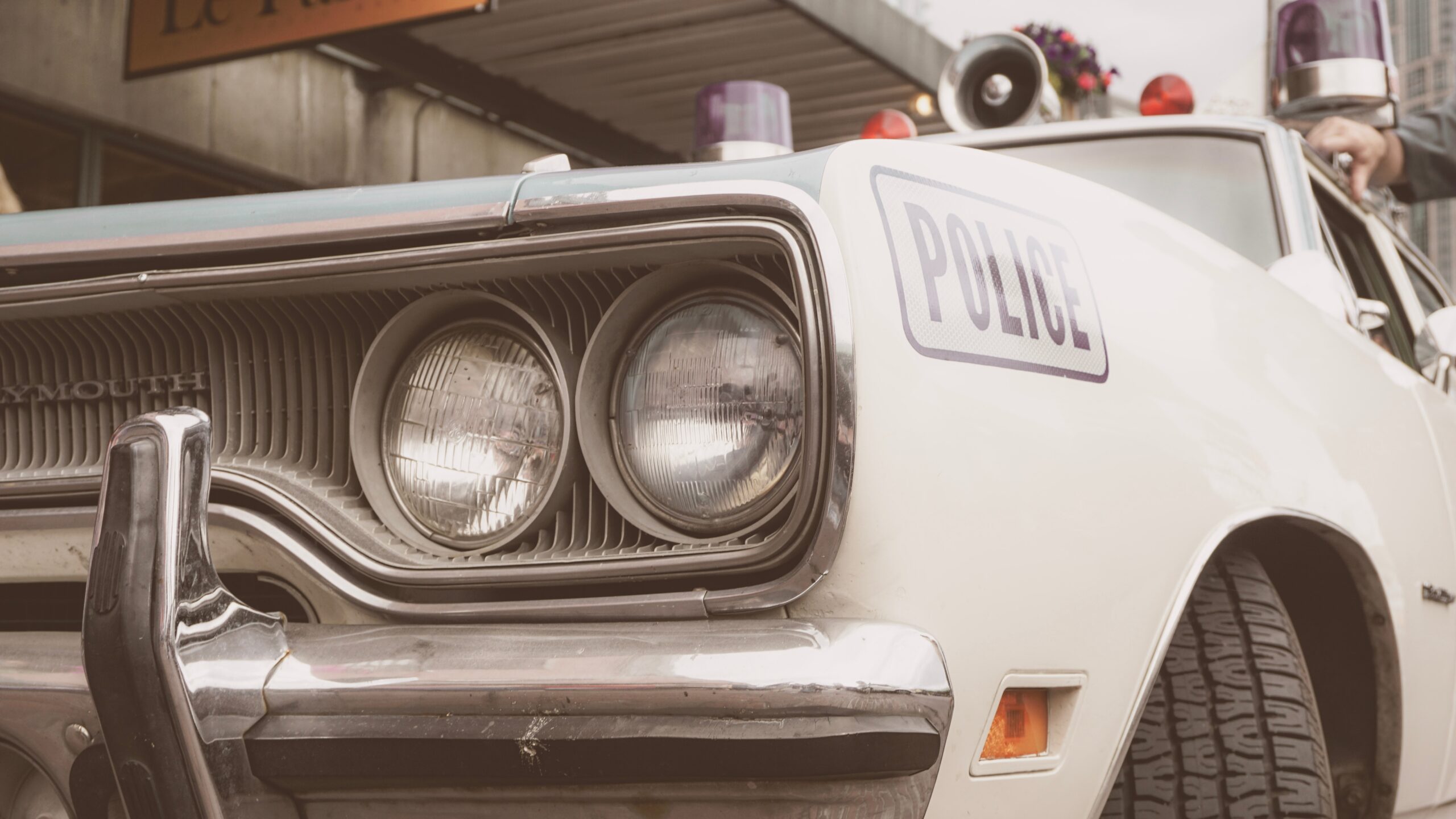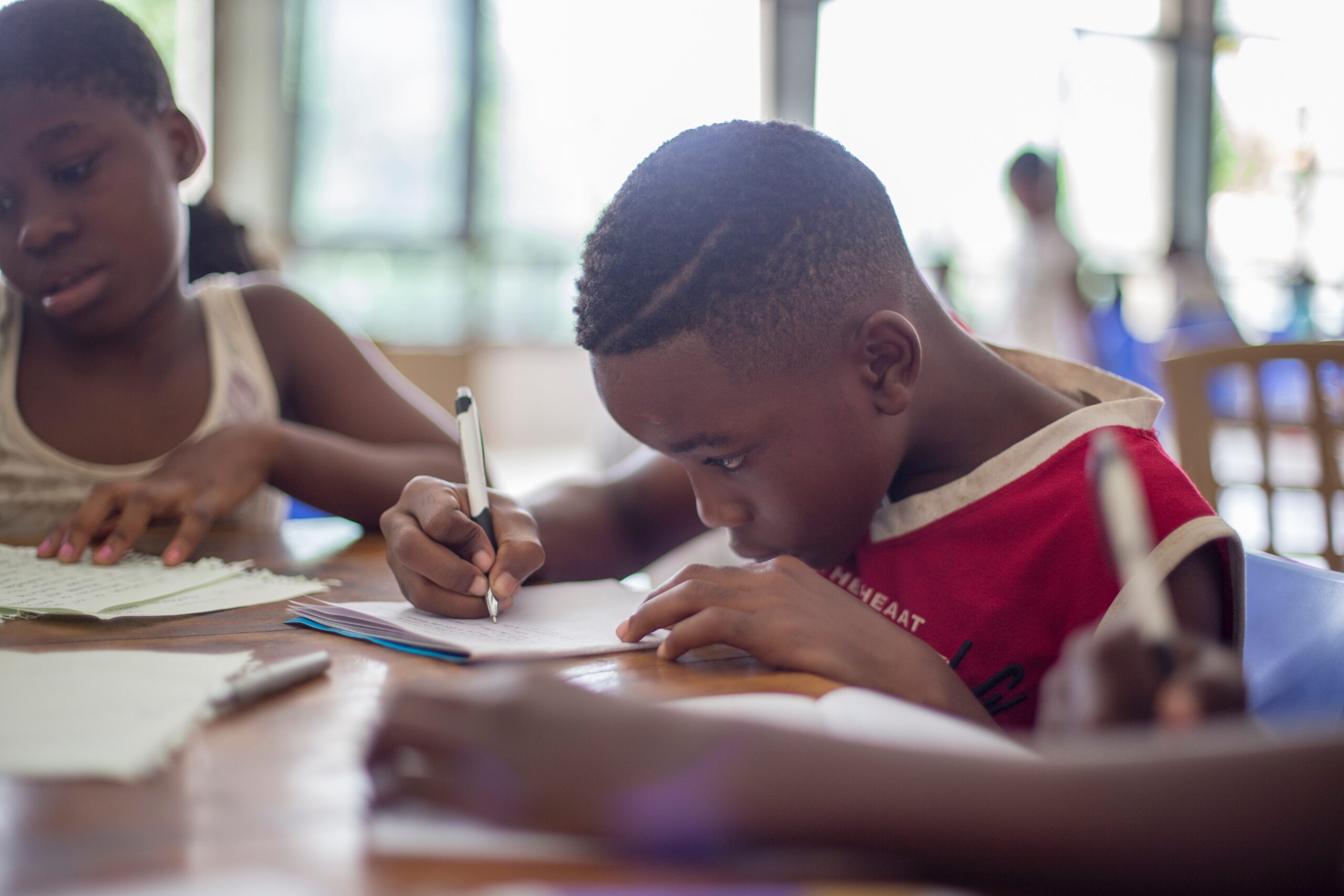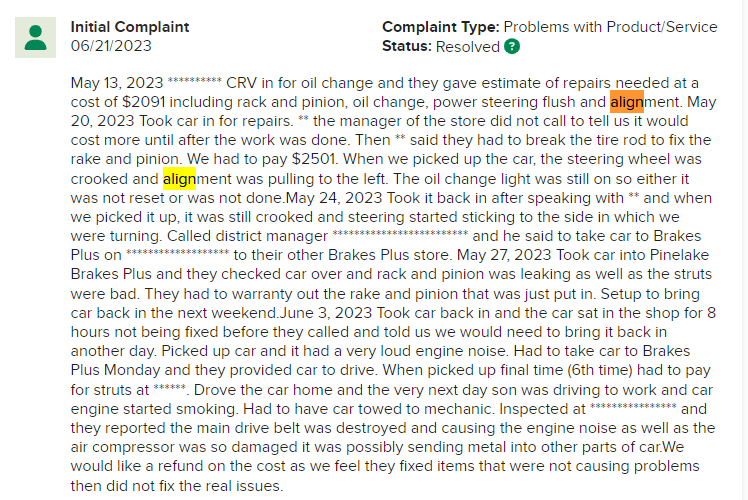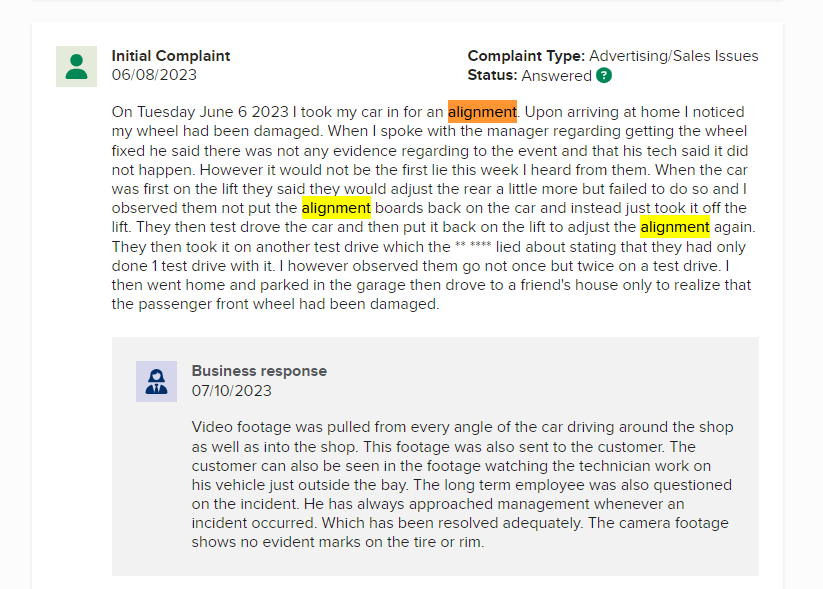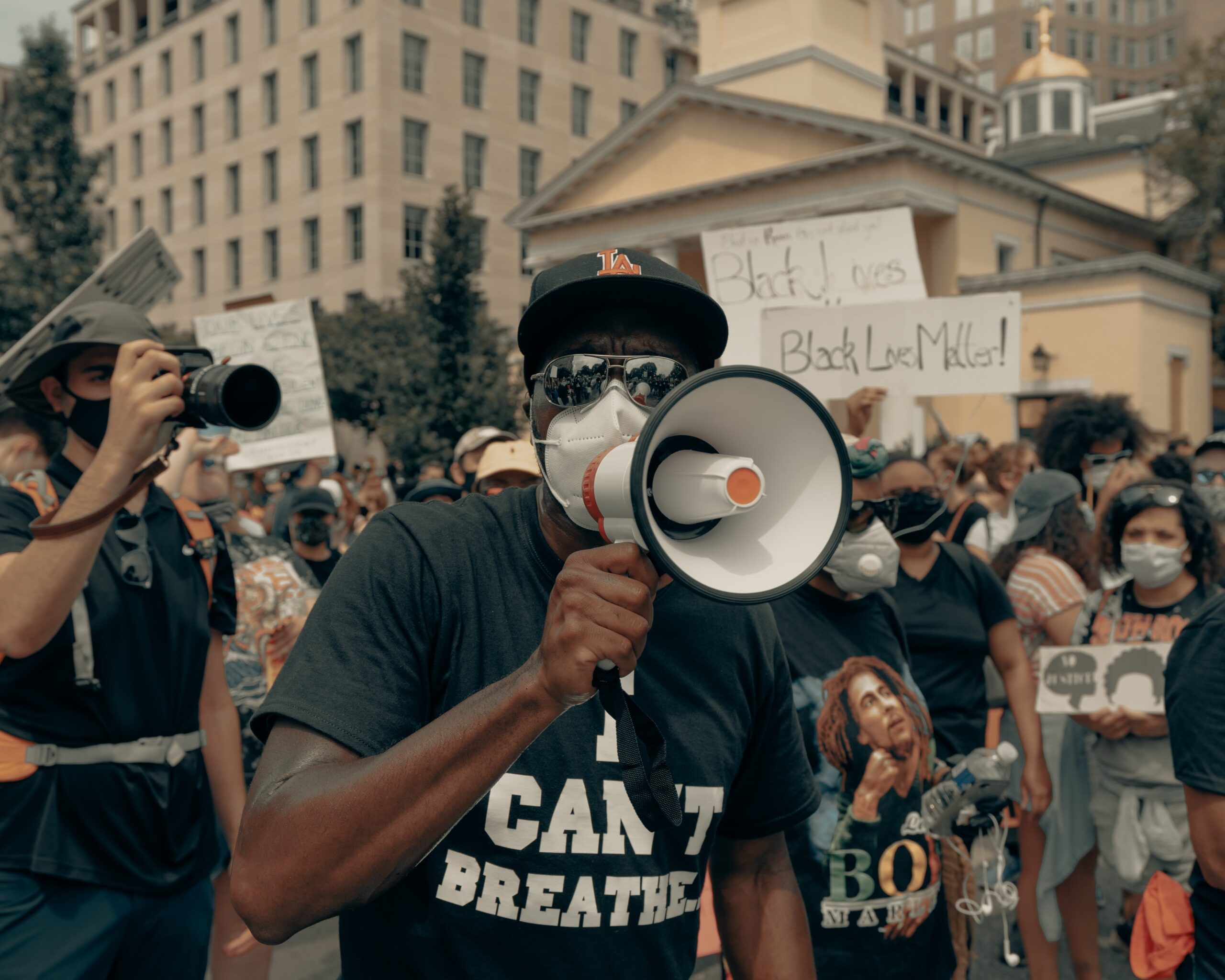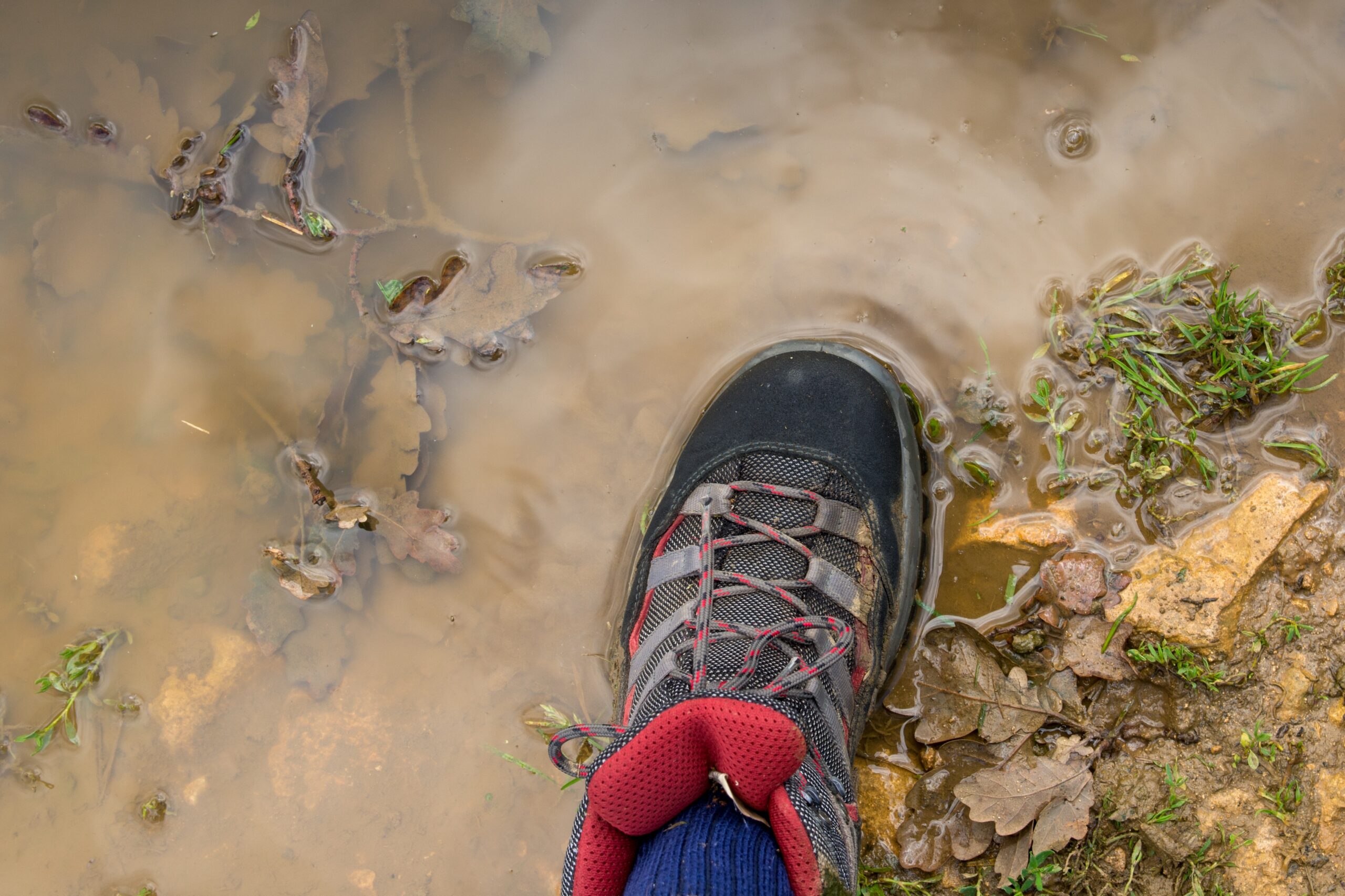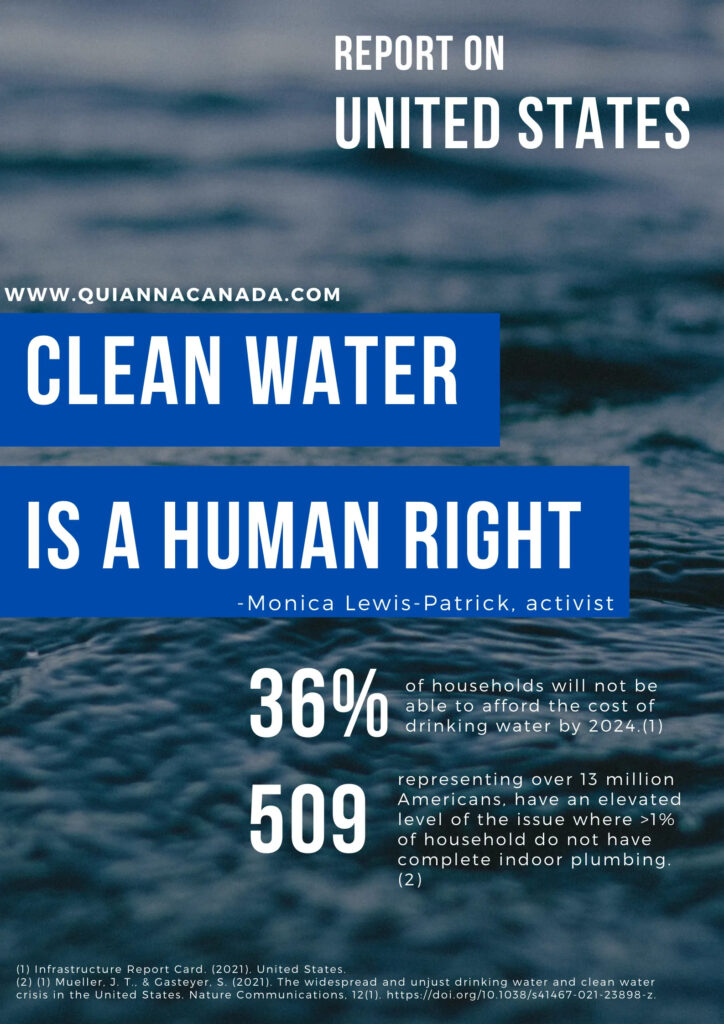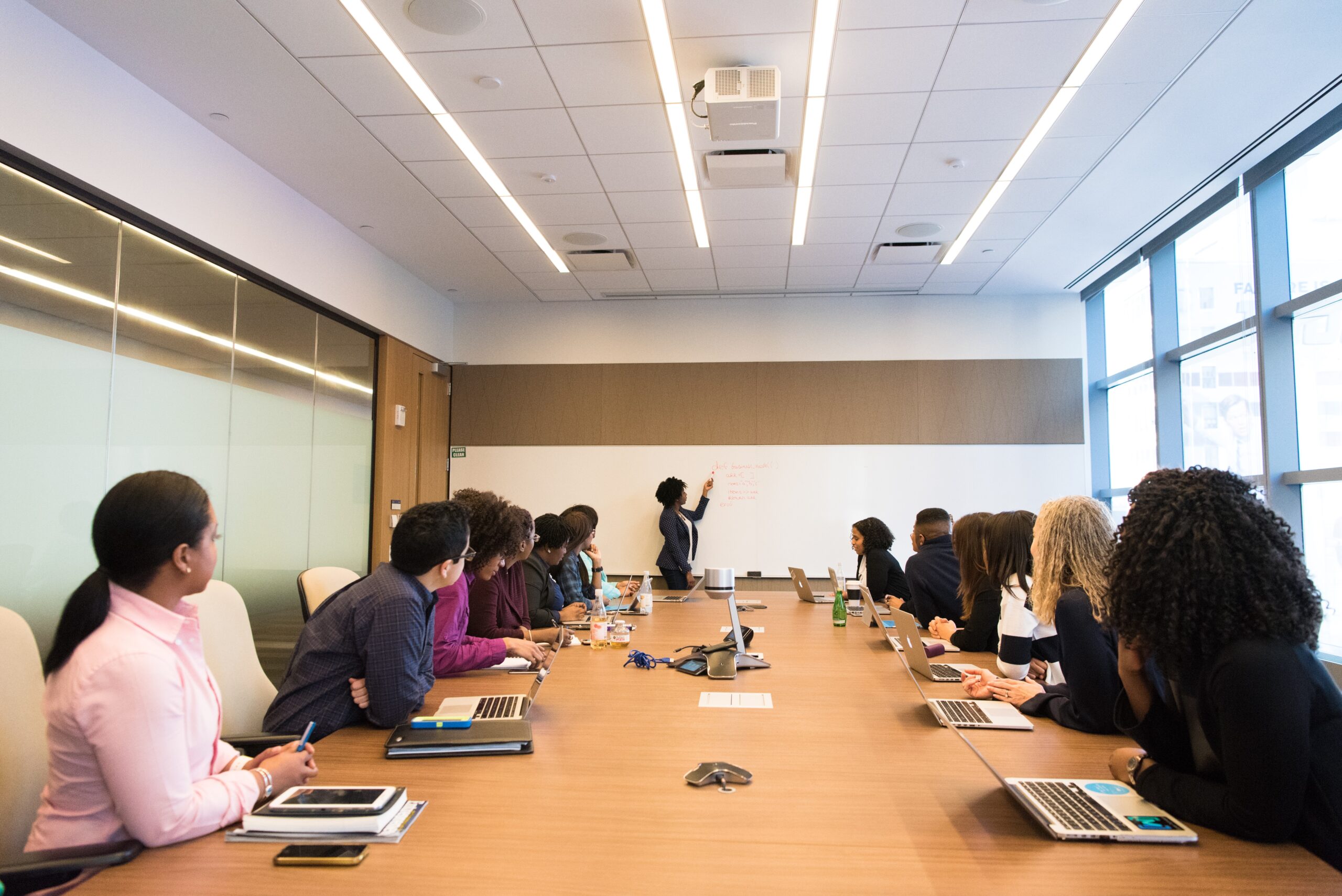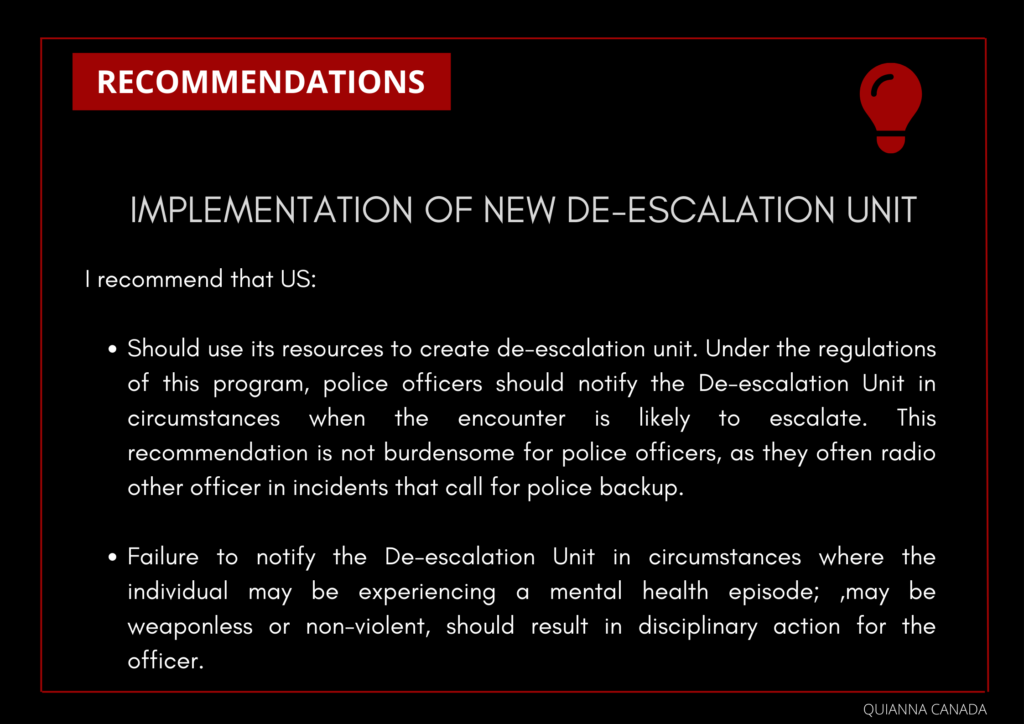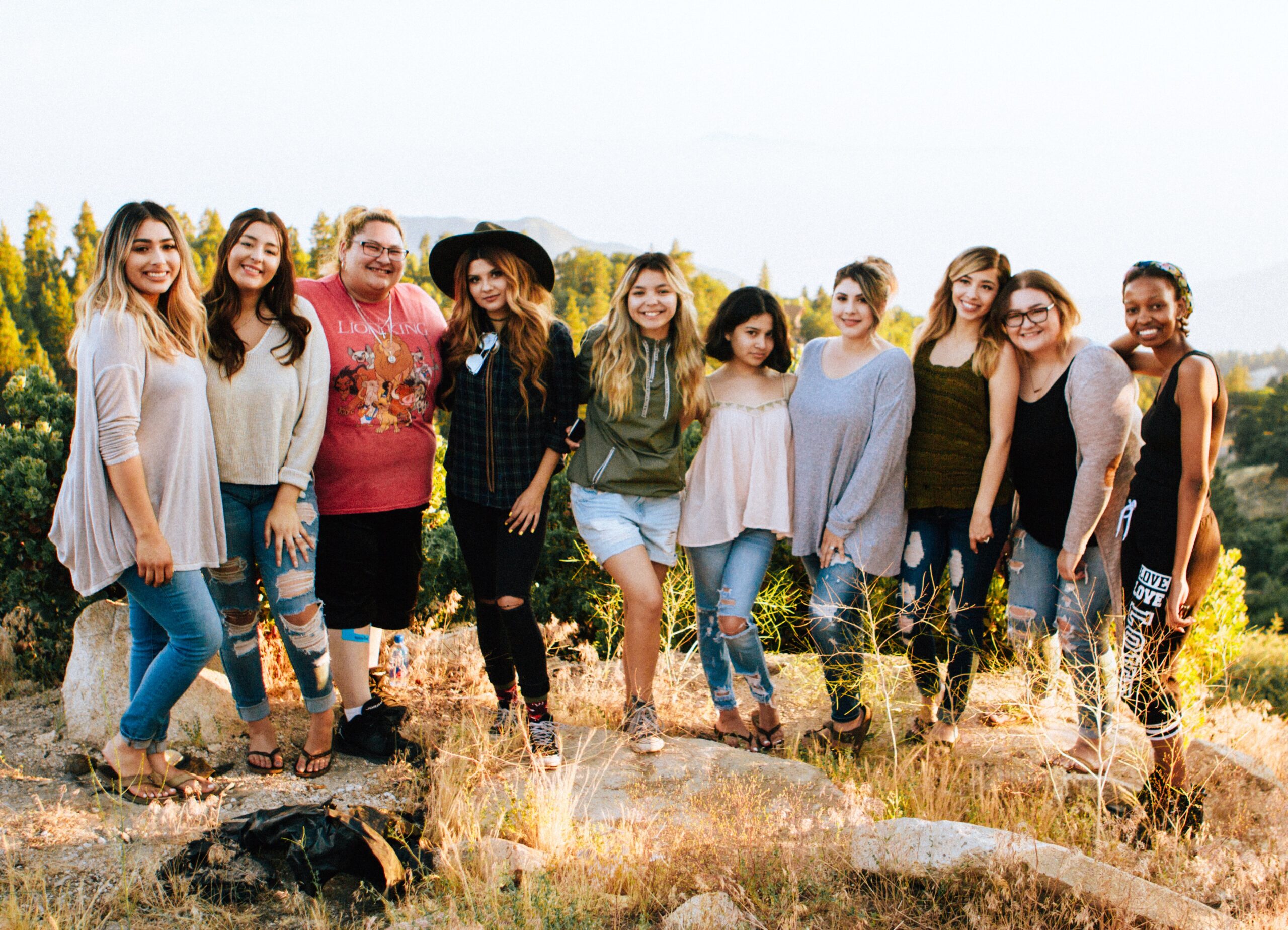Open Letter to Honorable Claire D. Cronin on Transnational Repression in Ireland
Open Letter to Honorable Claire D. Cronin on Transnational Repression in Ireland
Dear Esteemed Ambassador Cronin:
I am writing to you with the hope of scheduling a meeting to discuss the practice of transnational repression in the Republic of Ireland that is impacting the lives of American asylum seekers. I believe that it is within my best interest to leave Ireland and to pursue my research and educational aspirations in a different country, as I fear my freedom and life would be threatened if I returned to the United States of America (hereinafter “United States”). First, furthering my educational pursuits abroad will give me the opportunity to fulfil one of the requirements of my B.A. Law undergraduate degree. Second, it will give me a unique opportunity to contribute to the development and growth of my society. Be that as it may, I fear that if I do not proceed further with my claims against the United States, there would be a risk to my life and my freedom. These fears are based on the following:
I. Asylum Claim Between 2013-2023
The United States is privy to the claims I made against it dating back to 2013. Receiving States, such as Ireland, sometimes share information with authorities in the applicant’s country of origin, disclosing that the applicant has filed an asylum claim. While States may share limited information with the authorities in the applicant’s country of origin after they have exhausted all available legal remedies, evidence suggests that Ireland, or one of its colluders, has informed the United States of my asylum application well before my case was heard by the International Protection Office.
Evidence suggests, assurances were negotiated during the examination of my asylum claim, which violates the principle of confidentiality and my right, as an asylum seeker, to access and enjoy fair asylum procedures. Moreover, authorities in Ireland have prevented me from (1) challenging the decisions of the International Protection Office and the International Protection Appeals Tribunal rendered, and (2) barred me from creating structures that would support an application for Leave to Remain, which infringes upon my right to an effective remedy.
As a result, I am concerned that Ireland’s disclosure to the United States has aggravated my position in relation to the U.S. Government, who I assert, is responsible for my persecution. Thus, I am concerned about being exposed to a flagrant denial of justice, and potential risks to my life and freedom that I could face as a result of my political activism, and the claims I made against the United States for police sexual violence and brutality; racial persecution, and gender-related discrimination.
While I am deeply committed to advocating for the values of democracy, human rights, and freedom of expression in the United States and abroad, I do not feel that I cannot continue my activism in the United States without retaliation by government officials and other powerful interests in our nation.
The United States’ alleged interference with my asylum claim abroad has led me to believe these dangers will only escalate if I return home. This interference has infringed on my right to self-determination, which guarantees me the liberty to pursue freely, my economic, social and cultural development without outside interference. This right under international law also implies that I should have the liberty to determine freely, my political status and my place in the international community, based upon the liberation of peoples from colonialism and,by the prohibition against subjugation, domination and exploitation.
It cannot be denied that living abroad has provided me with a sense of security and freedom that I simply cannot find in the United States. Although I disagree with the United States’ position that its citizens should not file asylum claims abroad, I am prepared to (1) forego any future asylum claim against the United States now, and in the future, if the United States discontinue reprisals and/or forego any and all reprisals, legal or otherwise on the soils of the Republic of Ireland and the United States of America, pertaining to my Article 14 right to seek and to enjoy asylum in other countries from persecution—and the claims I made against the United States from February 2013—to the date I sit before the Office of the Ambassador to withdraw my asylum application Ireland.
II. Scope of 2021-2023 Research
As a dedicated researcher, I have always strived to conduct myself with the utmost professionalism and integrity.
However, as with any human endeavor, there are going to be instances where some allege the researcher, advertently or inadvertently, crossed the line or made a mistake. In my personal opinion, I believe that it is important for researchers to have the freedom to pursue their work without fear of legal repercussion for alleged mistakes or alleged misunderstandings that allegedly occur in the field. Without such protections, the pursuit of knowledge and scientific discovery could be severely hindered. I further believe that any action taken during my research periods, as a human rights defender, were done in good faith to expose the unlawful persecution of transgender and American asylum seekers in Ireland—with the ultimate goal of advancing knowledge on the ill-treatment of safe country nationals during the international protection process.
Indeed, human rights defenders investigate, gather information and report on human rights violations which focus on one specific instance of human rights abuses. Under the Declaration on Human Rights Defenders, I have the right to freely to publish, impart or disseminate to others views, information and knowledge on all human rights and fundamental freedoms. I also have the right to study, discuss, form and hold opinions on the observance, both in law and in practice, of all human rights and fundamental freedoms and, through these and other appropriate means, to draw public attention to those matters.
For the last three years, my rights as a human rights defender have been severely curtailed. The United States nor the Republic of Ireland have taken all necessary measures to ensure I am protected from: threats, retaliation, de facto or de jure adverse discrimination, pressure and other arbitrary actions as a consequence of my legitimate exercise of the rights referred to in the Declaration.
Irrespective of these challenges, I remain committed to pursuing my education and research, and contributing to society in a positive way. I am deeply grateful for the opportunities I have been afforded to learn and study, and I believe that my contributions to society, if provided a fair opportunity unmolested, can be even greater if I am allowed to remain abroad. The United States may disagree with my assertions. Even if it does, I think we could resolve this entire matter amicably.
As a United States citizen, I am prepared to (1) forego any future asylum claim against the United States now, and in the future. However, there are publicly accessible decisions and judgments relating to my asylum claim, and wrongful arrest images relating to the 2013 incident that could interfere with my right to life, right to liberty, right to work, right to self-determination and my freedom from degrading treatment or punishment.
In light of this fact, I ask that the United States remove publicly accessible decisions and judgments relating to my asylum claim, and wrongful arrest images relating to the 2013 incident that could interfere with my right to life, right to liberty, right to work, right to self-determination and my freedom from degrading treatment or punishment. In order to effectively eliminate all reasonably possible manifestations of persecution in my case, I must be able to gauge reliability of assurances obtained in response to claims I made relating to torture and ill-treatment. At this point, I have no assurance that all possible manifestations of persecution in my own case have been eliminated.
III. Housing Assistance Abroad
Lastly, I am strongly considering entering an LLM program abroad and would appreciate the United States’ support. There are several reasons why I believe your office can play a crucial role in helping me enter this program and to find suitable housing, should I be accepted in an LLM program. As you may be aware, if move to any country, I will be hobbled by the United States government’s perception of me. Moreover, homelessness due to circumstances beyond my control will also impact me significantly. While the United States may disagree that it has directly contributed to my situation, I must disagree. In my opinion, the United States has participated in and acquiesced to certain structures and systems that have contributed to widespread housing insecurity and racial inequality. As a citizen of the United States, I am seeking to resolve this matter amicably, and the only way I can do this is with the full support of the United States in (1) securing housing, and (2)the United States’ employees, agents, officials, informants, progenitors and allies do interfere with my educational pursuits abroad.
As for housing, the Office of the Ambassador has a wealth of knowledge and resources when it comes to navigating foreign housing markets. With your help, I can avoid any potential pitfalls that may arise when searching for housing in an unfamiliar country. As a representative of the United States, I also believe it is important to have access to safe and secure housing. This will not only ensure my personal safety, but also ensure that I am able to carry out my duties effectively while abroad. Finally, I believe your office’s assistance in finding suitable housing will ultimately benefit the United States as a whole. By ensuring that I have a comfortable and safe place to stay, I will be better equipped represent the real values of democracy in a positive light, which I have been unable to do before.
For these reasons, I respectfully request a meeting with the Office of the Ambassador and its assistance with suitable housing during my travels abroad. I believe this is a matter of importance that warrants your attention.
Assistance from the Office of the Ambassador in securing accommodation and other basic needs abroad would, undoubtedly,be the embodiment of the American Dream.
Sincerely,
Quianna Canada
cc:HONORABLE MR. FILIPPO GRANDI
United Nations High Commissioner for Refugees
Case Postale 2500
CH-1211 Genève 2 DépôtSuisse
P: +41 22 739 8111
Open Letter to Honorable Claire D. Cronin on Transnational Repression in Ireland
References
1 UNSC Res. 1624 (14 September 2005), Preamble para. 7, adopted during the 2005 World Summit most recently affirmed in UNSC Res 2368 (20 July 2017).
2 United Nations. “About Human Rights Defenders: Special Rapporteur of human rights defenders.” OHCHR, para. 4.
3 United Nations. Declaration on Human Rights Defenders. A/RES/53/144. See Article 6 (b)(c), p. 4.
4 Id
5 Convention against Discrimination in Education, Article 4 (make secondary education in its different forms generally available and accessible to all). Available at: https://www.unesco.org/en/legal-affairs/convention-against-discrimination-education/
6 UNHCR. (2005). Advisory opinion on the rules of confidentiality regarding asylum information. Available at: https://www.refworld.org/docid/42b9190e4.html. See also, Art. 30 of the Recast Procedures Directives.My understanding is that it is against the 1951 Convention for a State to share personal data or any other information relating to asylum seekers with the authorities of the country of origin before a final rejection has been made on theasylum claim
